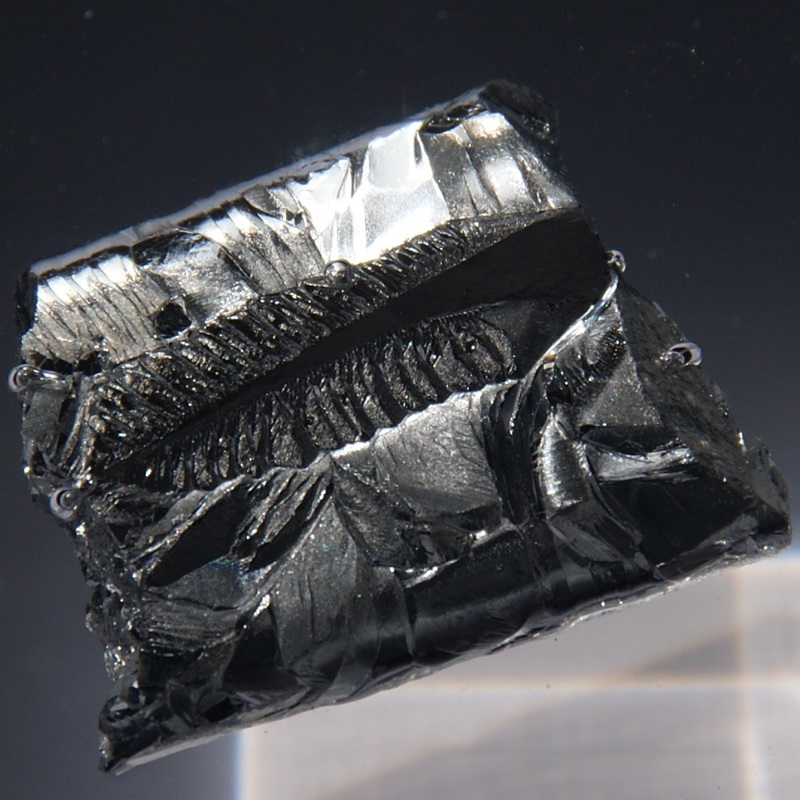Antimoni
51
Sb
Grup
15
Període
5
Bloc
p
Protons
Electrons
Neutrons
51
51
71
Propietats Generals
Nombre atòmic
51
Massa atòmica
121,76
Nombre de massa
122
Categoria
Metal·loide
Color
Plata
Radioactiu
No
From the Greek word anti plus monos - a metal not found alone
Estructura cristal·lina
Triangular simple
Història
One of antimony's minerals, stibnite was recognized in predynastic Egypt as an eye cosmetic as early as about 3100 BC.
The first European description of a procedure for isolating antimony is in the book De la pirotechnia of 1540 by Vannoccio Biringuccio.
The first natural occurrence of pure antimony in the Earth's crust was described by the Swedish scientist and local mine district engineer Anton von Swab in 1783.
The first European description of a procedure for isolating antimony is in the book De la pirotechnia of 1540 by Vannoccio Biringuccio.
The first natural occurrence of pure antimony in the Earth's crust was described by the Swedish scientist and local mine district engineer Anton von Swab in 1783.
Electrons per capa
2, 8, 18, 18, 5
Configuració electrònica
[Kr] 4d10 5s2 5p3
Antimony is a poor conductor of heat and electricity
Propietats Físiques
Fase
Sòlid
Densitat
6,685 g/cm3
Punt de fusió
903,78 K | 630,63 °C | 1167,13 °F
Punt d'ebullició
1860,15 K | 1587 °C | 2888,6 °F
Entalpia de fusió
19,7 kJ/mol
Entalpia de vaporització
68 kJ/mol
Capacitat tèrmica específica
0,207 J/g·K
Abundància a l'escorça terrestre
0,00002%
Abundància a l'univers
4×10-8%

Número CAS
7440-36-0
Número CID de PubChem
5354495
Propietats Atòmiques
Radi atòmic
140 pm
Radi covalent
139 pm
Electronegativitat
2,05 (Escala de Pauling)
Potencial d'ionització
8,6084 eV
Volum atòmic
18,22 cm3/mol
Conductivitat tèrmica
0,243 W/cm·K
Estats d'oxidació
-3, 3, 5
Aplicacions
The largest applications for metallic antimony are as alloying material for lead and tin and for lead antimony plates in lead-acid batteries.
Alloying lead and tin with antimony improves the properties of the alloys which are used in solders, bullets and plain bearings.
Antimony trioxide is used as a flame retardant in adhesives, plastics, rubber and textiles.
Alloying lead and tin with antimony improves the properties of the alloys which are used in solders, bullets and plain bearings.
Antimony trioxide is used as a flame retardant in adhesives, plastics, rubber and textiles.
Antimony and many of its compounds are toxic
Isòtops
Isòtops estables
121Sb, 123SbIsòtops inestables
103Sb, 104Sb, 105Sb, 106Sb, 107Sb, 108Sb, 109Sb, 110Sb, 111Sb, 112Sb, 113Sb, 114Sb, 115Sb, 116Sb, 117Sb, 118Sb, 119Sb, 120Sb, 122Sb, 124Sb, 125Sb, 126Sb, 127Sb, 128Sb, 129Sb, 130Sb, 131Sb, 132Sb, 133Sb, 134Sb, 135Sb, 136Sb, 137Sb, 138Sb, 139Sb